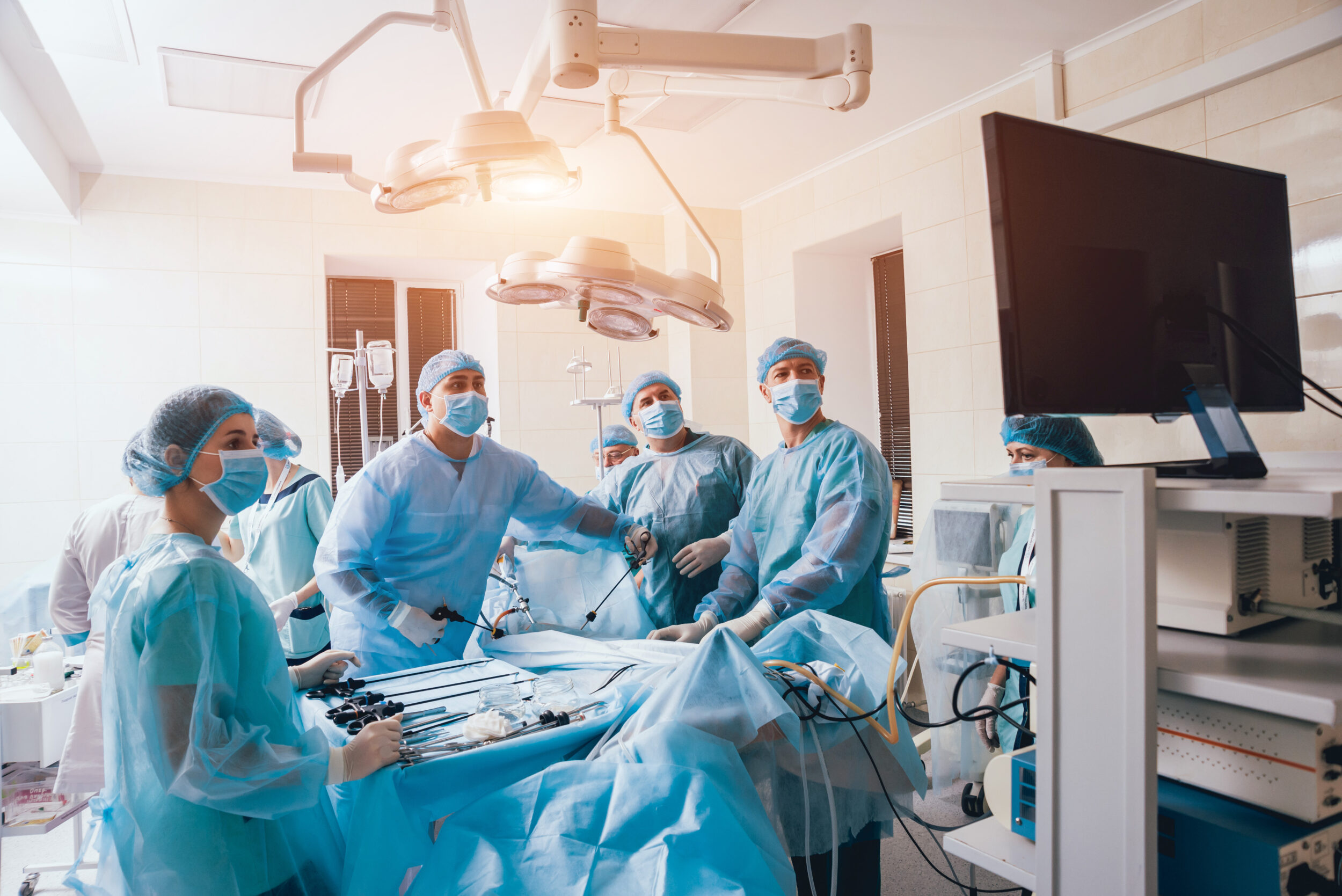In the operating room, surgeons routinely use surgical navigation systems, a sort of “Google Map” that shows real-time positioning of instruments as well as CT, ultrasound and radiology images, to help specialists operate on delicate structures, such as a brain tumor.
As the system’s screen is outside the sterile area of the operating table, surgeons are required to shift their attention away from the patient and towards the image. This slows down the surgery, and also increases surgeons’ cognitive load in performing their tasks. Could adding sounds to the system help specialists look less at the screen and reduce distractions? The work of Marta Kersten-Oertel, director of Concordia University’s Applied Perception Lab, seems to show that this is indeed the case.
In collaboration with the Montreal Neurological Institute-Hospital (Neuro), the researcher designed a system integrating six different sounds to test the impact of auditory signals on surgeons’ attention. Dung the test, fifteen neurology specialists simulated an operation guided by images alone, a combination of images and sounds, and sounds only.
The scientists first tested the surgeons’ ability to distinguish between the system’s sounds and the other noises in the operating room. They then analyzed the impact of the audible feedback—a beeping sound that increases as it approaches the target—on the precision of positioning a surgical probe. The results indicate that surgeons guided by a combination of sounds and images showed the greatest precision.
But does adding sound increase cognitive load? To find out, the researcher and her team used electrodes to record the brain activity of specialists performing a high-precision surgical task.
The use of sound alone proved to be more difficult for the brain to process than the combination of sounds and images or images alone, which had the same impact. The researcher must now verify whether the extra cognitive load associated with sounds is due to the novelty of this approach. She would also like to test the impact of voice commands, such as those used by car GPS systems.




